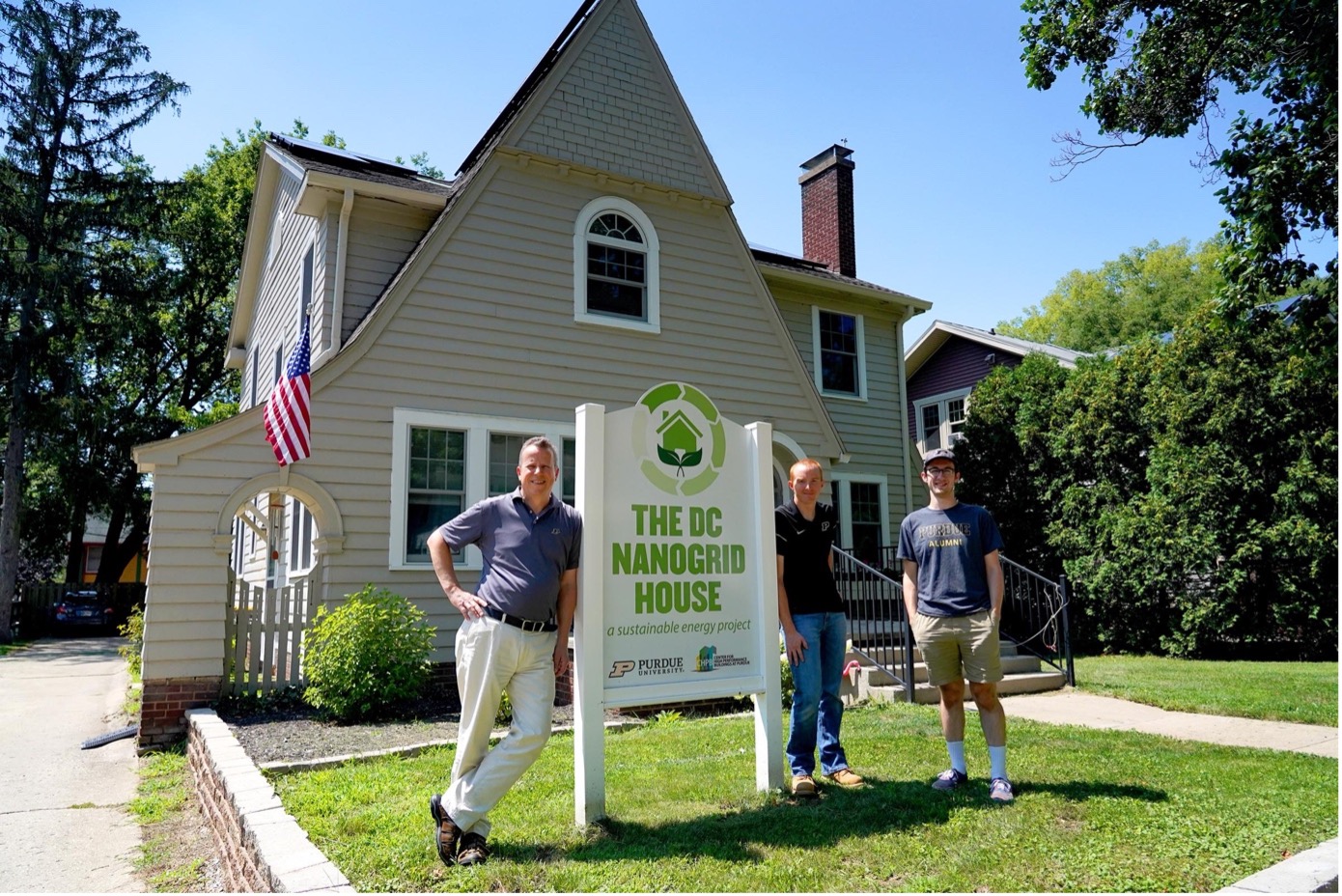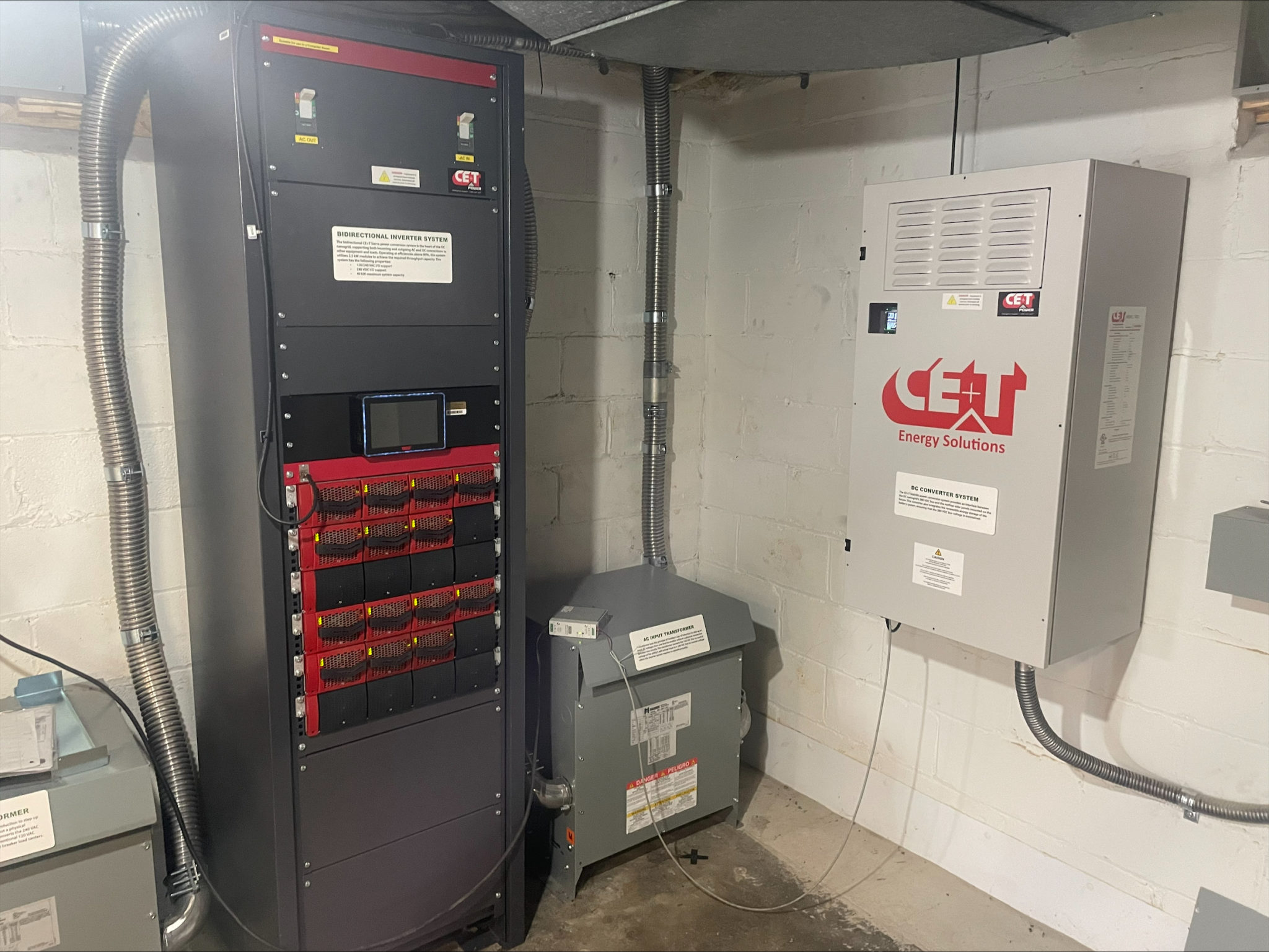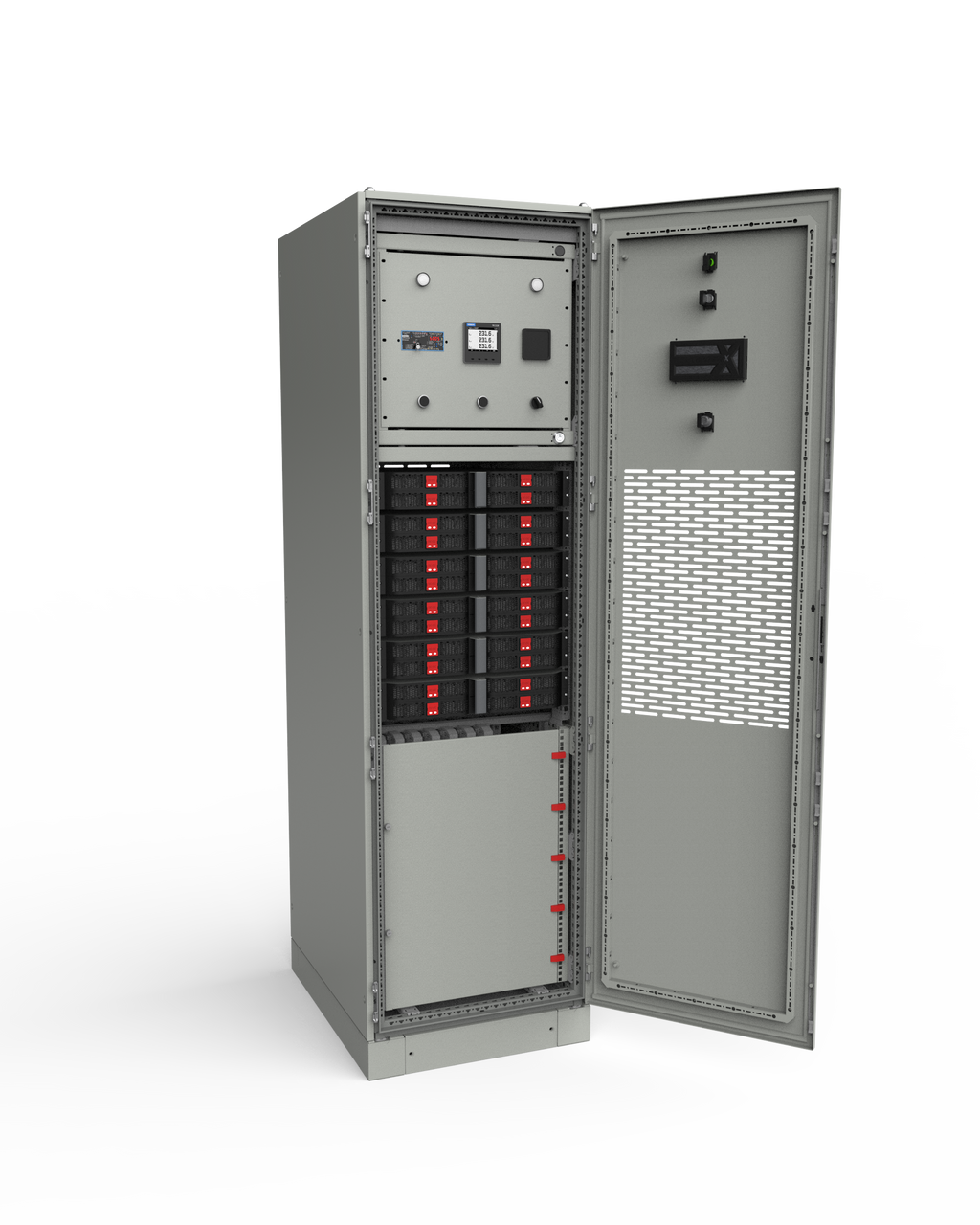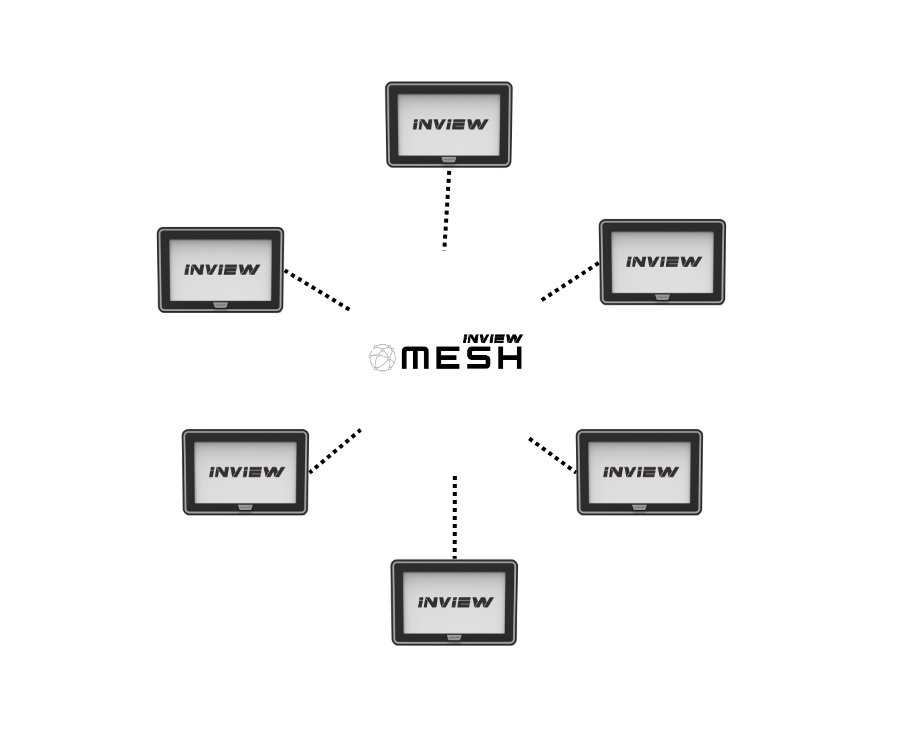Monitor one or multiple sites with one tool. It connects to CE+T and third-party devices for full visibility, smart control and simplified maintenance.
Most homes run on alternating current (AC) as it is provided in this form by the grid. At Purdue University (USA), a team of researchers is switching this usual situation by retrofitting a home to run mostly on direct current (DC).

Reasons of the project
Even if the grid is providing alternating current, some equipment runs on direct current. Indeed, each time you plug your TV, computer or cell phone charger, power must be converted from AC to DC. Moreover, in recent years, the integration of renewable energy sources generating DC power has increased the usage of DC.
Therefore, having a home running mainly on DC:
- Avoids costly and inefficient AC to DC conversions
- Increase availability of renewable energy sources and energy storage
- Enable to have electricity without relying entirely on the grid (as the DC-house can sustain itself for short period of time)
About the installation
The first step was the renovation and upgrade of the infrastructure as well as the improvement of the building’s energy retention with new windows and insulation. After that, a distribution system was installed to enable the house to integrate both DC power – from solar panels or battery storage – and AC power from local electrical utilities.
Solar panels
330 solar panels were installed by Rectify Solar. The annual production is rated for 14.3 MWh which is large enough considering that the average annual electricity consumption for a US residential utility customer was 10,715 kWh in 2020 (source: EIA).
Battery System
Lithium iron phosphate (LiFePO4) battery system delivered by POM Cube was installed with a capacity of 20kWh.
Power Converters
CE+T has provided two types of converters with 3-ports:
- Stabiliti delivering up to 30kW and made of 2 DC ports and 1 AC port
- Sierra 25 – 380/277 integrated into a cabinet able to deliver up to 40kW with 2 AC port and 1 DC port

This project is also a living-lab as students are living in the house full-time. Therefore, Purdue researchers can monitor the energy efficiency of their DC nanogrid home.
Role of CE+T
As mentioned above, CE+T has provided the power converters for the installation. The tricky part of the project is that even if the goal is to use DC only, some equipment still runs on AC. Moreover, the proportion of AC and DC was not known at the beginning of the project and may evolve into more DC in the future. This is why the combination of a Stabiliti and Sierra was useful and a perfect fit for the application.
On the one hand, Stabiliti is used for the solar part and feed 380V DC bus. The wide DC voltage range (from 200 to 1000V) allows the use of multiple storage technologies. Moreover, the galvanic isolation extends the battery life and maximizes PV production over the long-term, by reducing PID (Potential-Induced Degradation).
On the other hand, Sierra is connected to batteries on the DC port and to the grid and the few AC loads on the AC ports. The total output power per module is 2.7 kW, limited to 2.5 kW for each AC or DC port.
What’s next?
The researchers patent this technology and are seeking partners to continue developing it and take it to market. Indeed, the system is modular so it can grow and adapt for different sizes of homes and businesses, integrating multiple sources of electricity.










